Culture Cartel: What’s the meaning behind the name Art of Speed?
Asep: There’s no real meaning behind it, our philosophy has always been to present art in other forms “outside the canvas” when it comes to automotive and counterculture. Art is something that brings people together, it’s a unique bridge that no one’s ever tapped before.

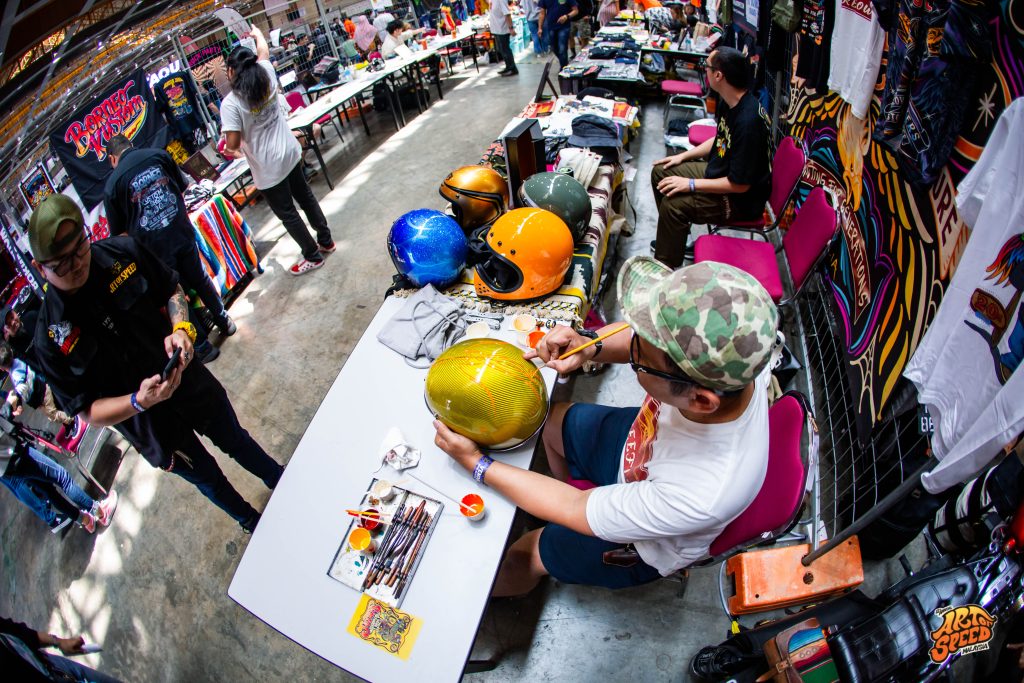
The struggle has always been how to bring all these people together. You’ve got guys who like two wheels, car guys, JDM boys, etc. but there’s never been a link or a bridge that connects us together. So the fundamental part of it is “art”: if you understand or have an appreciation towards art, then it will give you the foundation towards getting a cool ride. That’s the meaning behind it
We wanted to keep it vague and didn’t want to name an event that was too rigid. We checked Google at the time and there was another event in US, but it wasn’t a permanent event. And we thought, “Geographically they’re so far away, it wouldn’t affect us here in the region.”
How it started / how it is
Culture Cartel: I’m glad you mentioned geography because it’s really spread and grew from humble beginnings to attracting people from all over the world. What was it like at the very beginning? Where did you see visitors coming from?
Asep: We were very lucky when we were approached by Mooneyes, which is a hot rod brand. They have a long history in the hot rod industry, created in 1950 then currently owned by Shige Suganuma. He reached out to us in 2012, just when we wanted to do Art of Speed.
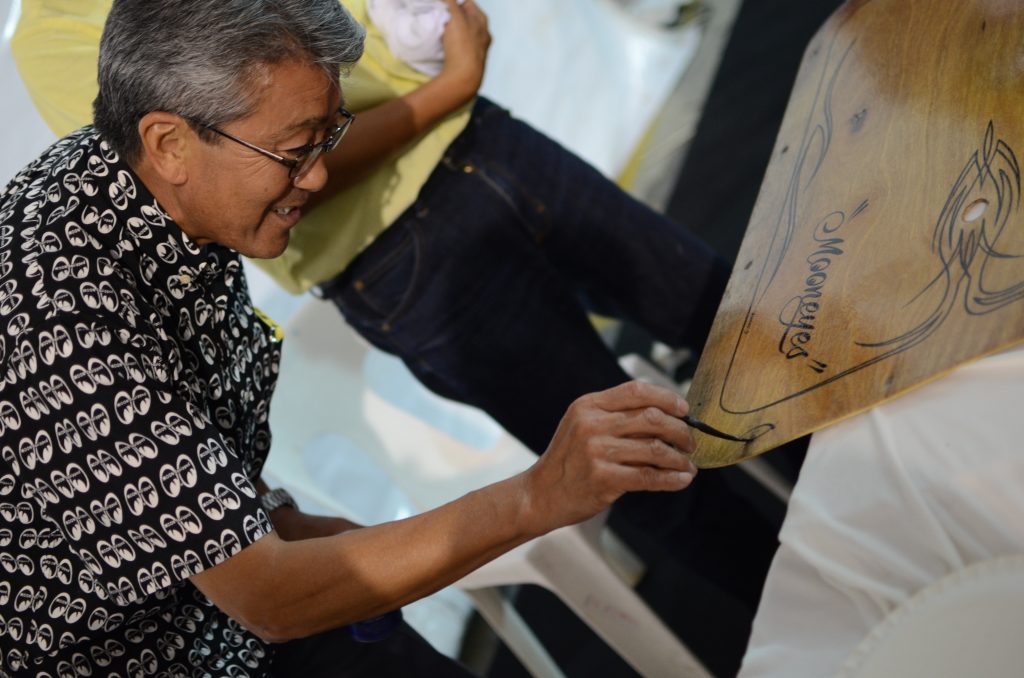
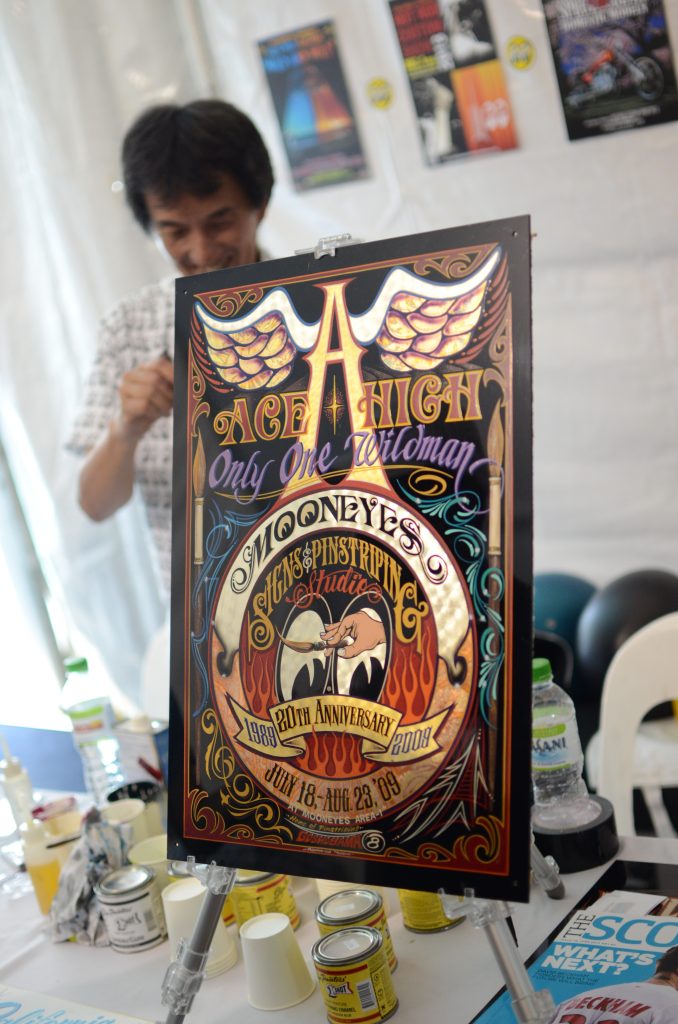
At the time there was a small dealer in Singapore carrying Mooneyes who was our friend and also friends with people at Moon Eyes. He reached out to them and said, “Hey, there’s this custom culture thing going on in Malaysia. Would you like to come?” He approached them and we got an email from Mooneyes saying they’d like to send a representative to come see the show.
Back then I was into the motorcycle scene (not so much the car scene). I had a lot of friends in Singapore, Thailand, and the region through motorcycles. Singapore would be the war pigs, those are my closest friends and I’m from that generation [laughs]. The premise was more like a barbecue or party get-together. We had an art gallery where we featured tattoos, counterculture art and that kind of stuff.
It’s been word of mouth: we don’t advertise overseas, but we do go abroad to attend events and shows. We try to create collaborations, maybe not product collaborations but more supporting each other’s events. We’re not into the game where, ”Oh, I want to collaborate with X brand and release a drop”. That’s never been our motivation.
The heart of genuine collabs: not just seeking novelty
Culture Cartel: The word collab has become so oversaturated now. When we hear collabs, people just think, “Someone changed the colours and slapped some logos on it and that’s a collab.”
Asep: It’s getting more watered down. I prefer relationships because they’re more meaningful. I think collaboration started in Japan in Harajuku, among those brands. I guess it works because it’s a little ecosystem where they’re supporting each other.
But the trend now is not to collaborate within your area, but collaborate with overseas brands. You’re not driving your own people up.
Culture Cartel: That’s so true. Harajuku were so hidden and underground, they got dragged into the global spotlight by some hip hop stars from the States. If that hadn’t happened, maybe they would still be very underground right now.
Asep: That’s always been our dilemma each year and it’s coming up 13 years next year… we’ve been doing this for so long. How do you find the balance between it being a relatively underground subculture event and the need to be profitable or more mainstream so we sell more tickets? That’s always been the struggle every year. Then there’s always that pressure of people asking, “Hey, what’s new next year?”
When I go to Japan or visit other shows, they don’t have that question. They want something to remain that way. In Japan, nothing evolves. There’s no major break from what they were, and they celebrate it. They celebrate the fact that particular event has not changed …vs here, there’s a need for what’s new, new new.
Culture Cartel: When you collect something or when you’re into something, the Japanese seem to go deep and they really commit. Whereas maybe we have shorter attention spans or are easily distracted…
Asep: We are taught to be moderate, so everything that we do needs to be moderate in the action. We can’t really be seen as diving in so deep that we lose all perspective of society. There is always that eternal struggle … there’s always limits to what we can do. Japan is different. It’s like they’re all in.
Beyond nostalgia: why restoring doesn’t always have to be period-correct
Culture Cartel: What does it say about a person when they prefer to restore or mod vs buying a shiny new car or bike? Do you have any thoughts on what sort of mind or personality or traits those sorts of people have?
Asep: I think it’s values. Some people value buying something new and that’s an achievement for them. They save up money, they work hard and buy a Ferrari. But for someone who restores, it’s injecting your own little personality and a different satisfaction. Both require money to complete, but the method towards achieving that goal may be different.
A lot of people who restore stuff want to be hands-on, either in project management or they want to DIY. A lot of so-called guys who restore cars aren’t actually restoring, they’re project-managing and they find joy in that… versus someone who has money and then buys a read- made car.
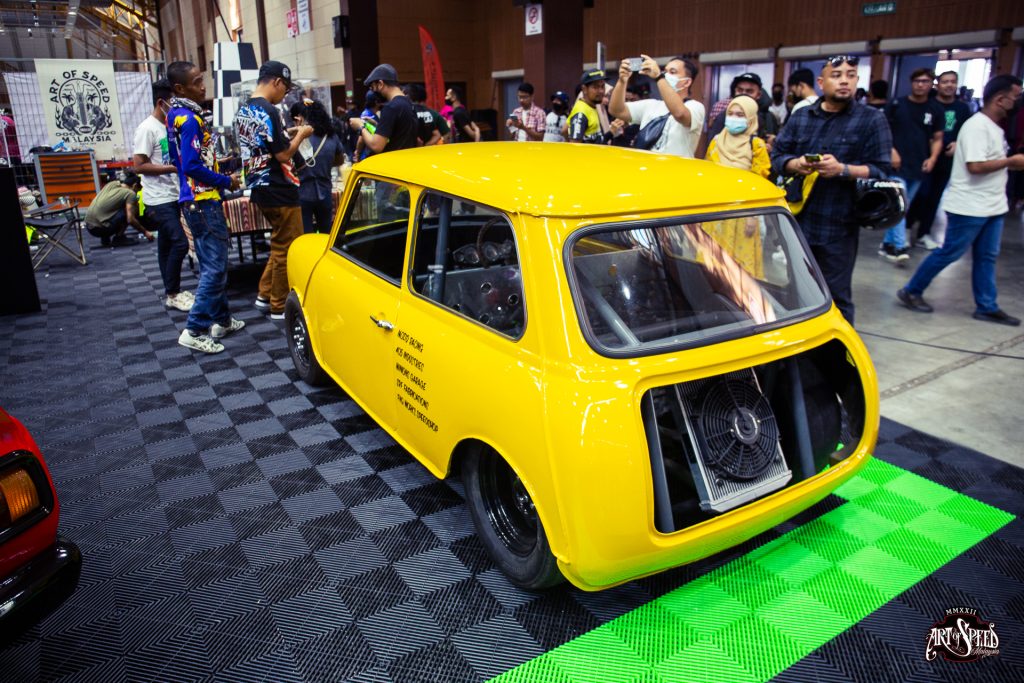
It’s also to do with patience. To buy a new car, you need patience. A lot of times, sought-after cars (even when it’s brand new) you won’t immediately get it because there’s a waiting list. So in terms of time spent, I don’t think it’s a factor but rather, it’s just different styles of satisfaction.
Culture Cartel: Do you think people are more romantic or want to go back to a time or era when things were made a certain way?
Asep: I can’t speak for everyone because I don’t necessarily restore to original. I like to have modern technology as well. I don’t restore my cars because I’m more pragmatic and practical. I want an old car, but I want the convenience of fuel injection or air conditioning. But there are some people who are really period-correct. That’s why we created Art of Speed, because we wanted to offer something a bit different.
Culture Cartel: That’s a really good point, because it needs to be relevant to new generations and how people are living now … for it to have that appeal.
Asep: We can’t be just be nostalgic. People like older cars because honestly, older cars look better. The mechanical switches, the feel behind the steering. It’s a nice place to be, but I don’t want to go without my air conditioning. I don’t want to start my engine and it doesn’t run!
Culture Cartel: Remixing with the new just makes it more sustainable in the long term. We can sustain our passion because it just integrates better into life today…
Asep: Yeah, true…
An epic collab with Vans: a 3000km ride, a film, a book, merchandise drop and shoes
Culture Cartel: Next question is about collabs (the way you’ve defined it i.e. working together or supporting each others events). Could you share some of the favorite partnerships or events or projects you’ve worked on in the past? Qhat did you enjoy about the process of collaborating?
Asep: Our best collaboration would be with Vans. We had this crazy idea … it started because I wanted to build a custom bike, an old 1953 HarleyDavidson chopper. So we thought like, “Hey, if we’re building this and the boys ride chopper, how might we extract the most out of this entire experience?” We reached out to Vans and said, “Hey, we want to do this epic ride to Kanchanaburi”… (which is a 3000 km trip in Thailand, all riding choppers and shit). And they said yes.
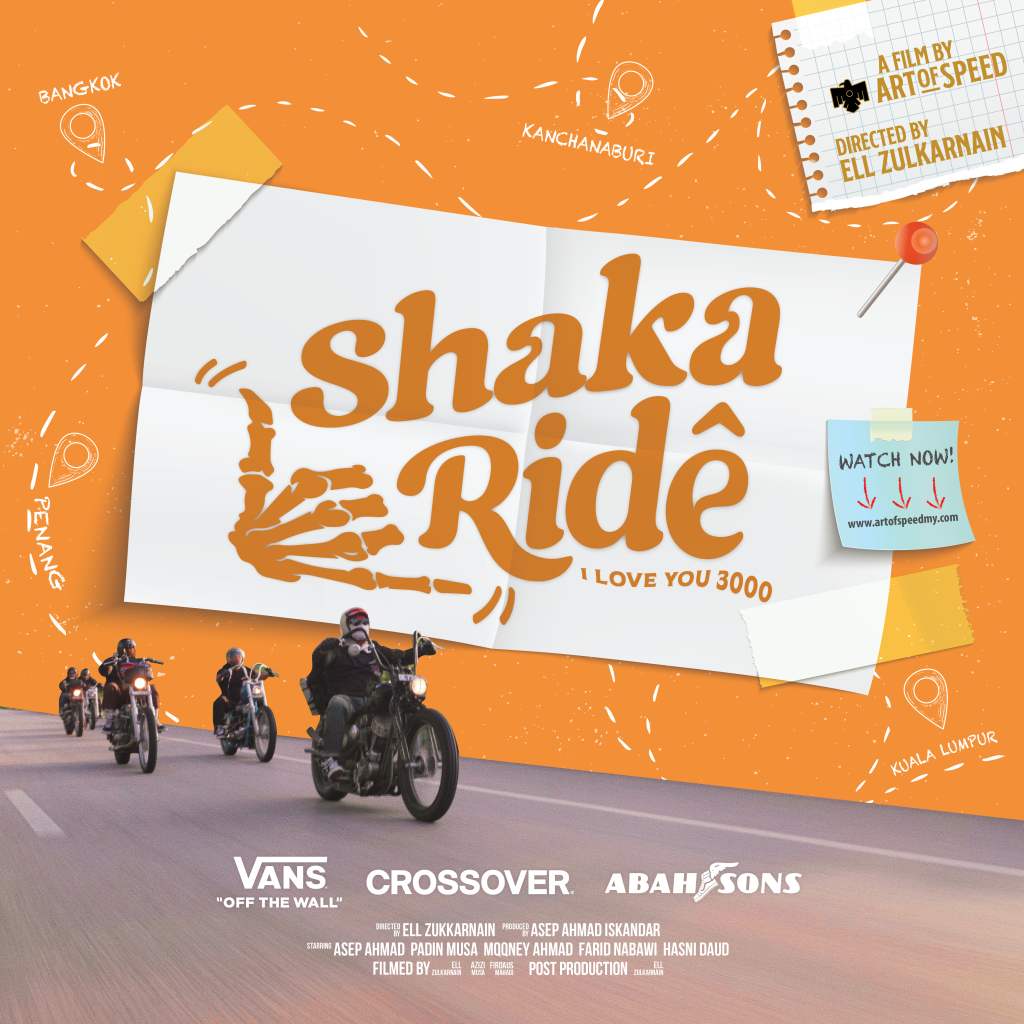
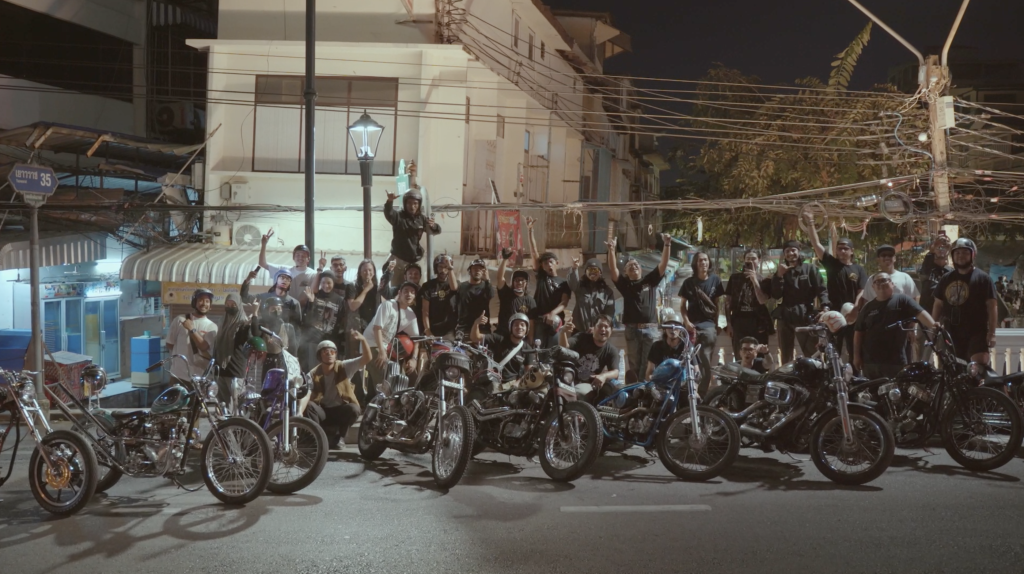
So we created a film out of it called Shakaride, did a merchandise drop with Crossover and we released 200 pairs of shoes with Vans. Vans even paid for our hardcover book, The Ten Years of Art of Speed.
In terms of collaboration, that’s the most complete: we had a book, a film, a merchandise drop and shoes. The boys are wondering now what to do next. I said, “Hey, you better top that. I’m almost 50 and managed to pull that off. So you guys better do a better job!” They’re a bit of under pressure now [laughs]

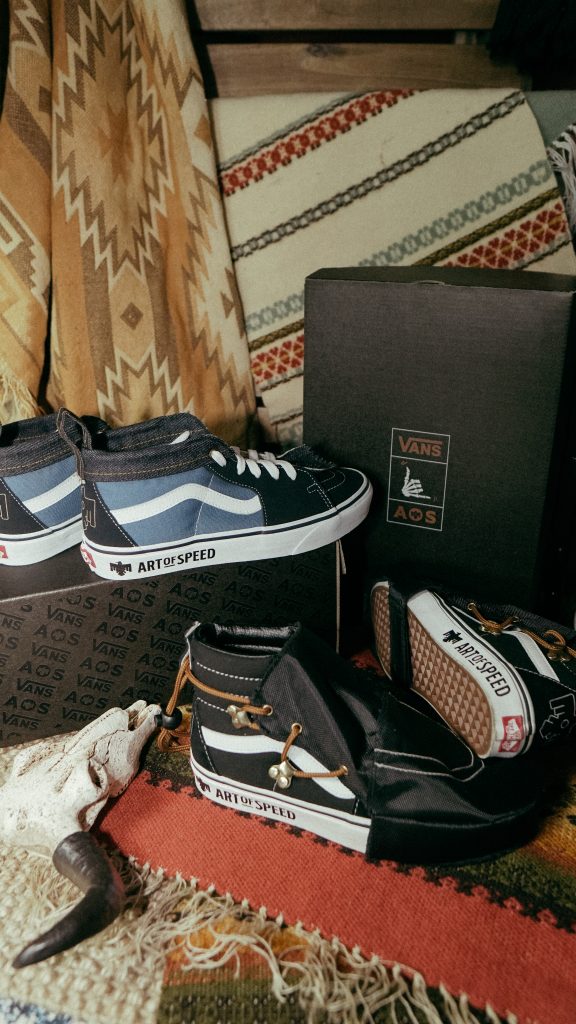
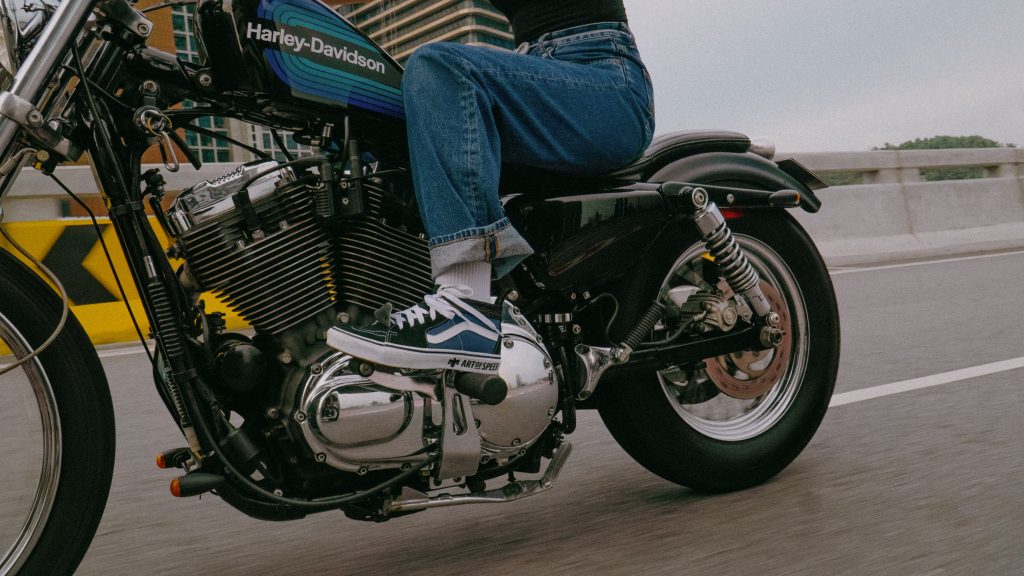
Culture Cartel: You set the bar too high! Since we’re talking about collabs, what role do you see brands at the level of Vans playing in supporting communities without in a very authentic way?
Asep: I think Vans is doing a fantastic job because they not only support with products, but actually spend on content creation and on their own community to do crazy stuff.
It’s hard to find people who understand because there’s a tendency to pigeonhole. People like Vans, they still understand. It’s hard for me to explain, but they’re really into developing communities, which I think is cooler.
I guess Fred Perry does it, they throw parties but it’s a once-a-year thing. I don’t know how much they support the music side of things, but it’s really important because brands are the closest to the community. Corporations…probably not like McDonald’s. Anybody can just add a drop of a hat, say, hey, let’s boycott McDonald’s. But with brands communities, they have enough of a strong community to back them if shit hits the fan.
It’s important for brands to build a community around their brand. And brands such as Vans support that, which I think is cooler.
Culture Cartel: Do you have any dream collabs or partnerships?
Asep: Not off the top of my head. As long as we share the same values and they let us do whatever crazy shit we want to do, we’re okay. We’re not very picky with whoever we collaborate with!
The unsung heroes = those who live that life: makers, workshops, garages
Culture Cartel: So we mentioned the whole underground thing before… who are some hidden gems or maybe niches within moto culture that more people should know about or should learn about? Like hidden heroes?
Asep: People who actually make things, like the workshops, the garage restorers, they’re getting a bit more known with TikTok and all that kind of stuff. They are perhaps the unsung heroes because they are invested in their craft, not just riding a trend, but they live that life. Whoever lives that life, we need to support, not some person riding on a trend. Because that happens. I see that happening. They see all custom is getting subtraction, so they come in and do an event or whatever, but it’s all rubbish.
I think we need to support people who actually live the life. As long as they’re not too much of an asshole [laughs]
Culture Cartel: Yeah. The grumpy old man at the workshop is like that personality. I can picture it.
Asep: But those are hidden gems. There’s a lot of workshops, there’ s a lot of garages still not getting recognized.
Culture Cartel: Maybe they don’t want to get recognized because people will distract them and they can’t do their work. Who knows?
Asep: Yeah, that’s true as well. In Japan, you need to make an appointment to visit garage.
Creating demand so that a new generation will pursue the art of restoration
Culture Cartel: About the garages and workshops, are there young people going into the industry or do you feel it’s sort of going to fade out? Is there a risk that these skills will not be preserved? Or do you think there’s enough people going in to custom?
Asep: That’s always been a challenge and even in Japan, they are experiencing that. Most of the garage builders are my age, 40-something, coming into their 50s. There are younger people, but not as many, I think in Malaysia as well. We’re suffering from that because some young people, they want to do it, but they don’t have a business sense. They don’t know how to monetize it. They’re just following a dream without being actually practical.
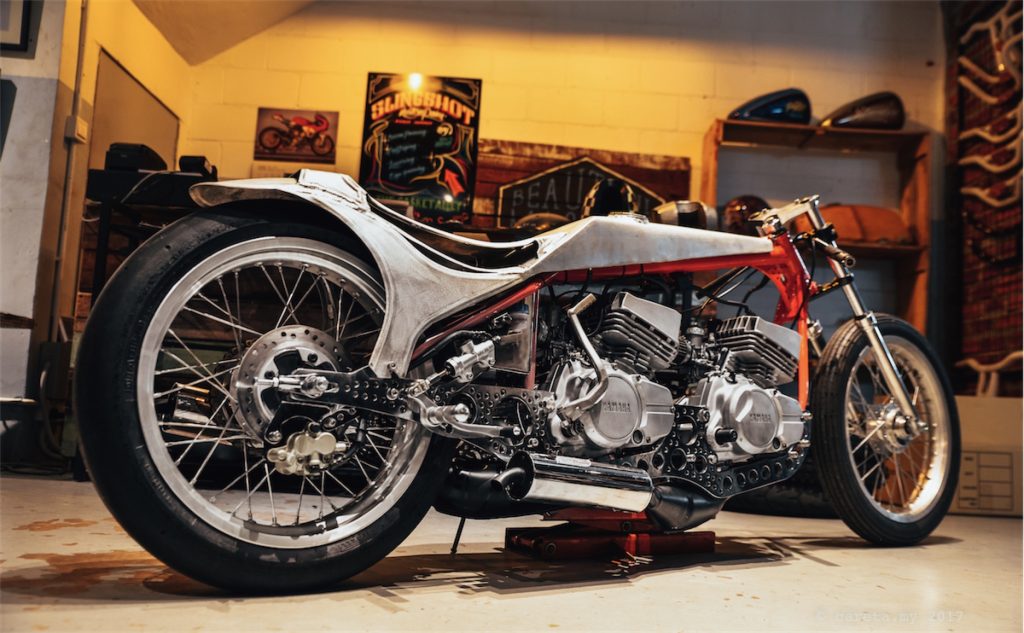
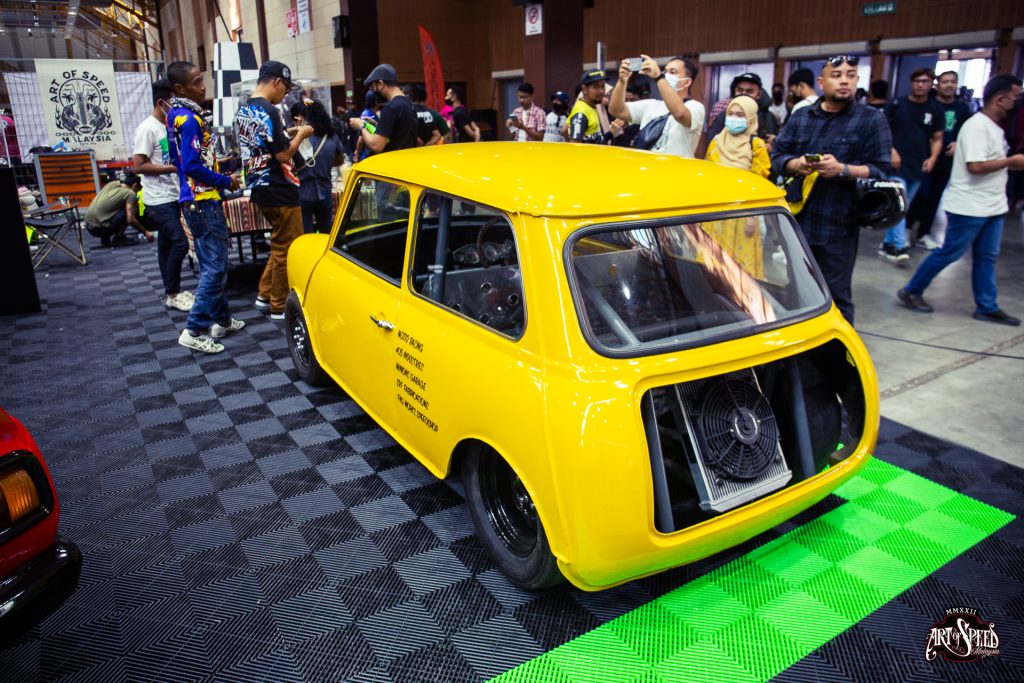
My job is to create the demand. For me to cultivate new builders and all that is tough because I can’t tell a person, “Hey, you need to be a car builder or bike builder”. But if I can create enough demand, then perhaps the younger kids will see this as a career.
Also, we don’t have a mentoring program in Malaysia (unlike other places in Europe or anywhere else). Anyone can open a garage or workshop in Malaysia versus, like, in Germany. You have a guild, you have to study under someone, then you’ll be a master mechanic, then you can open a workshop. In that framework, you have that student-master relationship, so young people get to learn from the master.
These days they’ll say “I learn everything on YouTube”. But learning from YouTube doesn’t teach you the business end of it. I think what I’m doing know, we do our competitions, build-off and all that kind of stuff. We try to create new blood, new generation. But our focus is to create the demand.
Culture Cartel: Yeah. It’s just great what you guys are doing with making it relevant to where we are.
